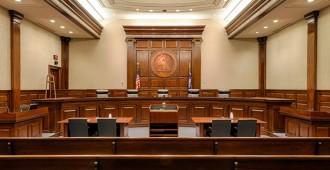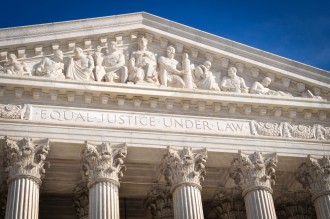
December 23, 2016
IPR Estoppel Narrowed Even Further in D. Delaware Ruling
Despite the astounding success for patent challengers to date in IPR proceedings, are you one who has been worried about the effects of the IPR estoppel in future litigation? Has this concern dissuaded you from considering filing an IPR in the past? Fear no more, another decision from a federal court has taken a severely narrow view of the IPR estoppel of 35 USC §315(e)(2) (“The petitioner in an Inter Partes Review of a claim in a patent under this chapter that results in a final written decision….may not assert…in a civil action…that the claim is invalid on any ground that the petitioner raised or reasonably could have raised during that Inter Partes Review.”).
On December 19, Judge Robinson, from the District of Delaware, issued an order granting-in-part plaintiff’s motion for summary judgment as to references actually raised during a prior IPR. Intellectual Ventures I LLC et al v. Toshiba Corp., 1-13-cv-00453 (D. Del. Dec. 19, 2016) (J. Robinson). That is, the Court ruled that defendant was not able to move forward in the litigation with a ground for obviousness that was actually raised during the earlier IPR trial between the parties.
Importantly, however, the Court also denied plaintiff’s summary judgment to the extent it sought to prevent defendant from raising grounds for invalidity based on references that were undisputedly available prior to the filing of the IPR and, thus, “could have been raised in the Inter Partes Review.” Id. at 267. In coming to its conclusion, Judge Robinson focused on the language of §315(e)(2) that states that the estoppel applies for grounds that “reasonably could have been raised during that Inter Partes Review.” Id. (Emphasis in original). Citing the Federal Circuit’s decision in Shaw Indus. Grp., Inc. v. Automated Creel Sys., Inc., 817 F.3d 1293 (Fed. Cir. 2016), Judge Robinson noted that the Federal Circuit has construed 315(e)(2) “quite literally.” Id. That is, in Shaw, because the PTAB rejected certain grounds as redundant, the Federal Circuit held that the petitioner had not raised those grounds during the IPR. Id. While Judge Robinson understood that extending this logic “to prior art references that were never presented to the PTAB at all (despite their public nature) confounds the very purpose of this parallel administrative proceeding,” she could not “divine a reasoned way around the Federal Circuit’s interpretation in Shaw.”
This decision is just another in a growing line of cases where federal courts have interpreted the scope of the IPR estoppel in a much narrower way than many expected. It should only increase the attractiveness of IPR proceedings given that there is little (and dwindling) downside to filing the proceedings.




































